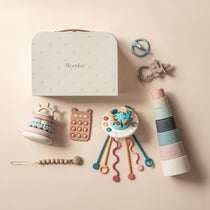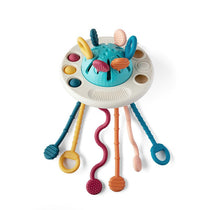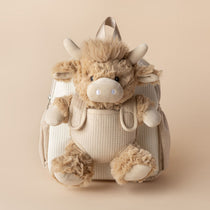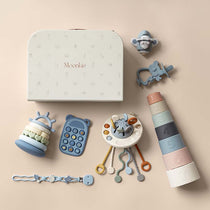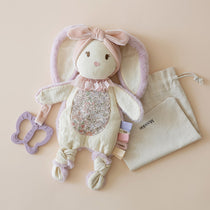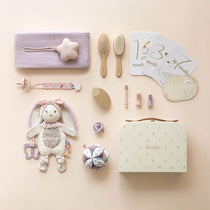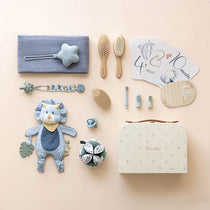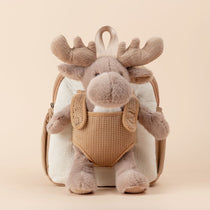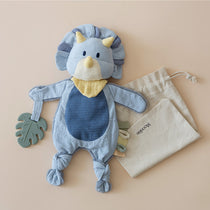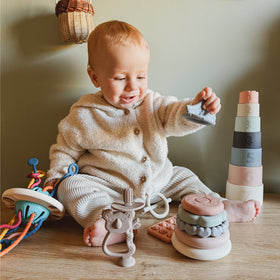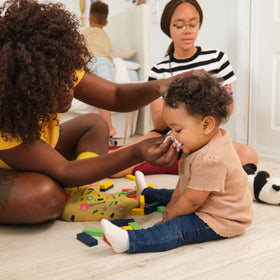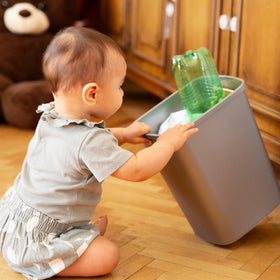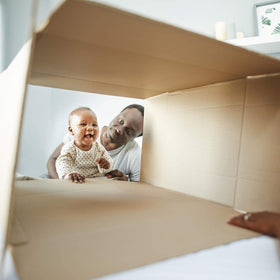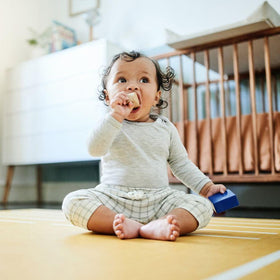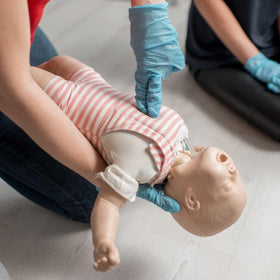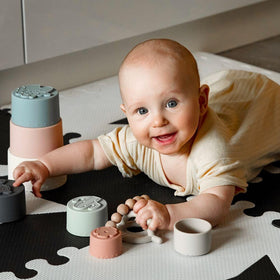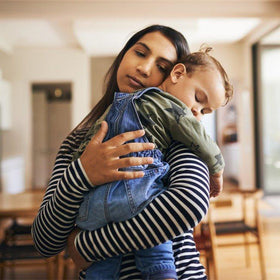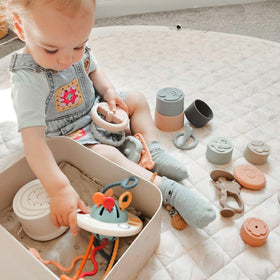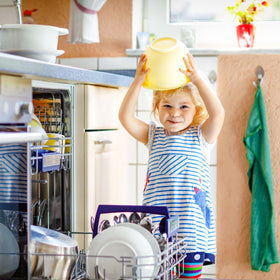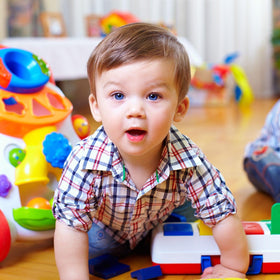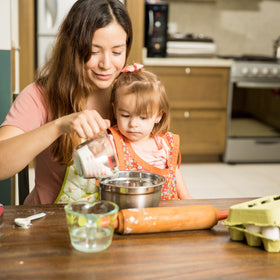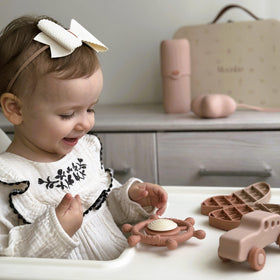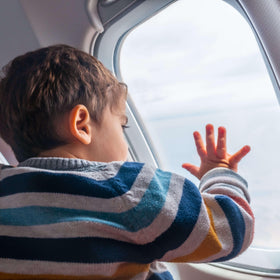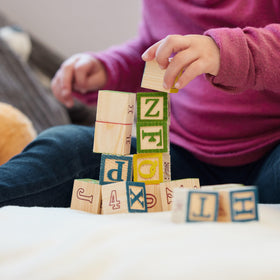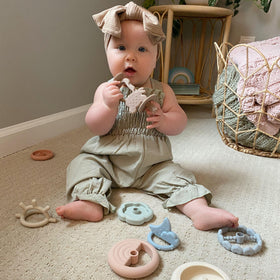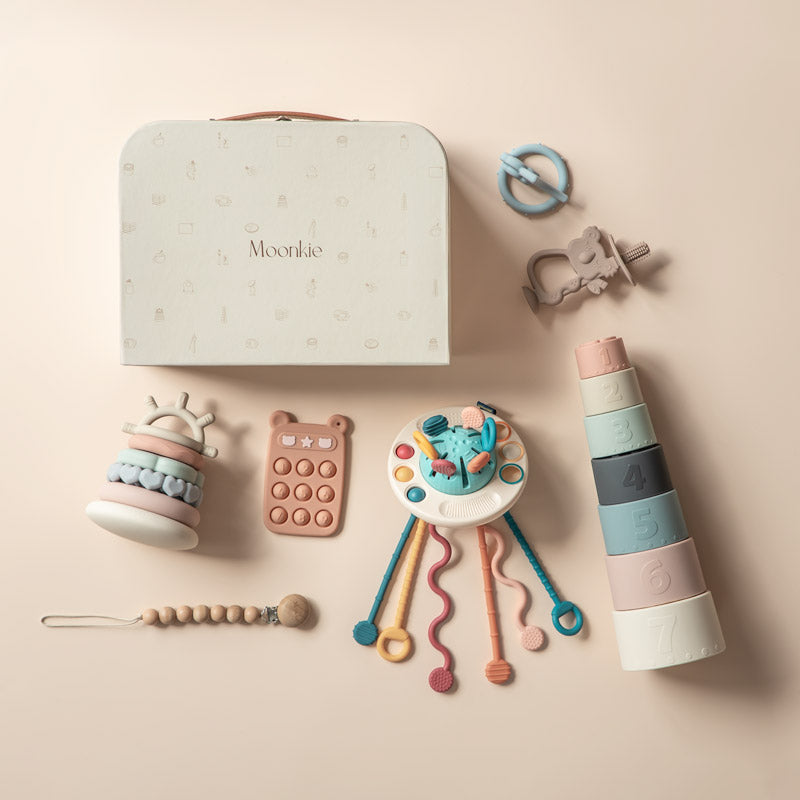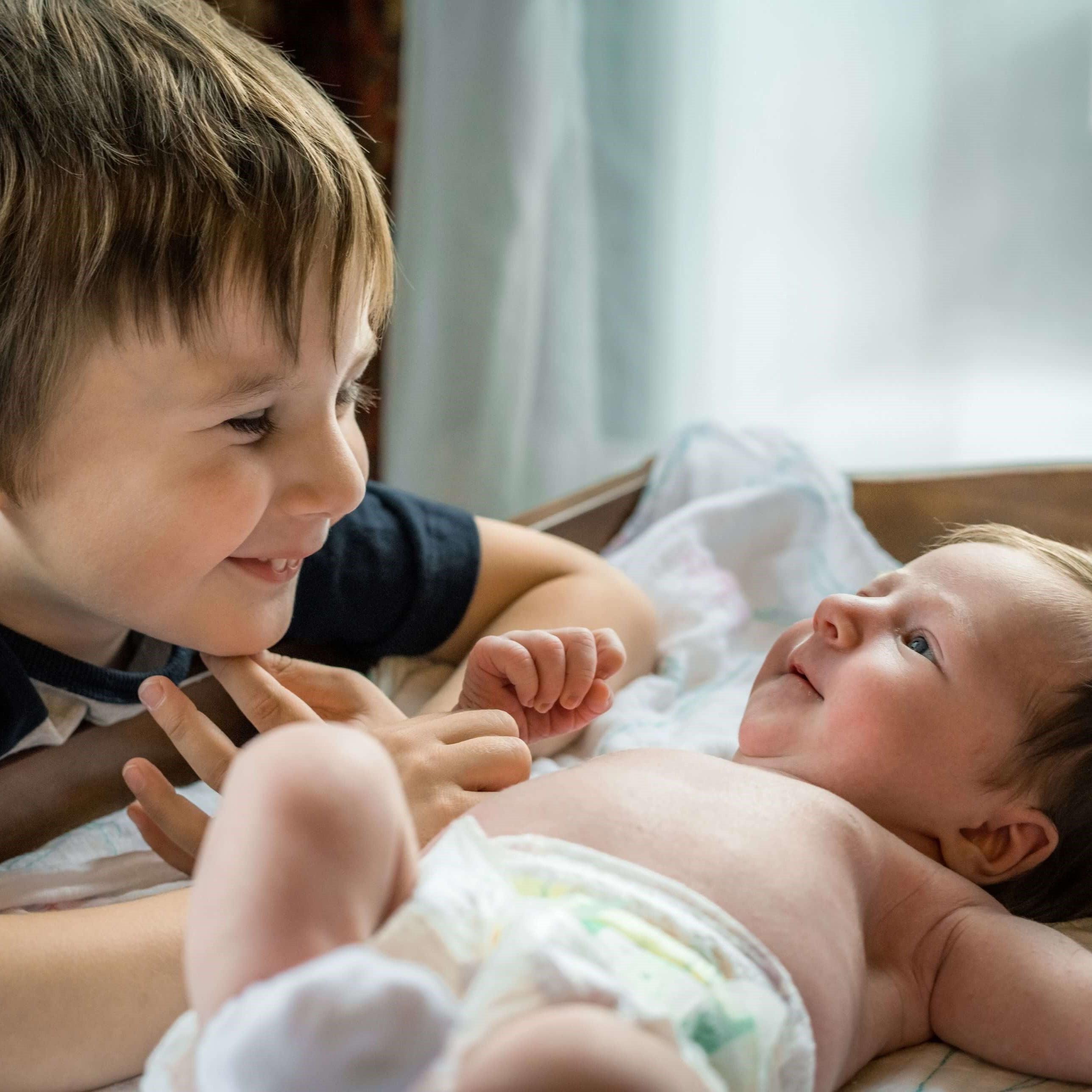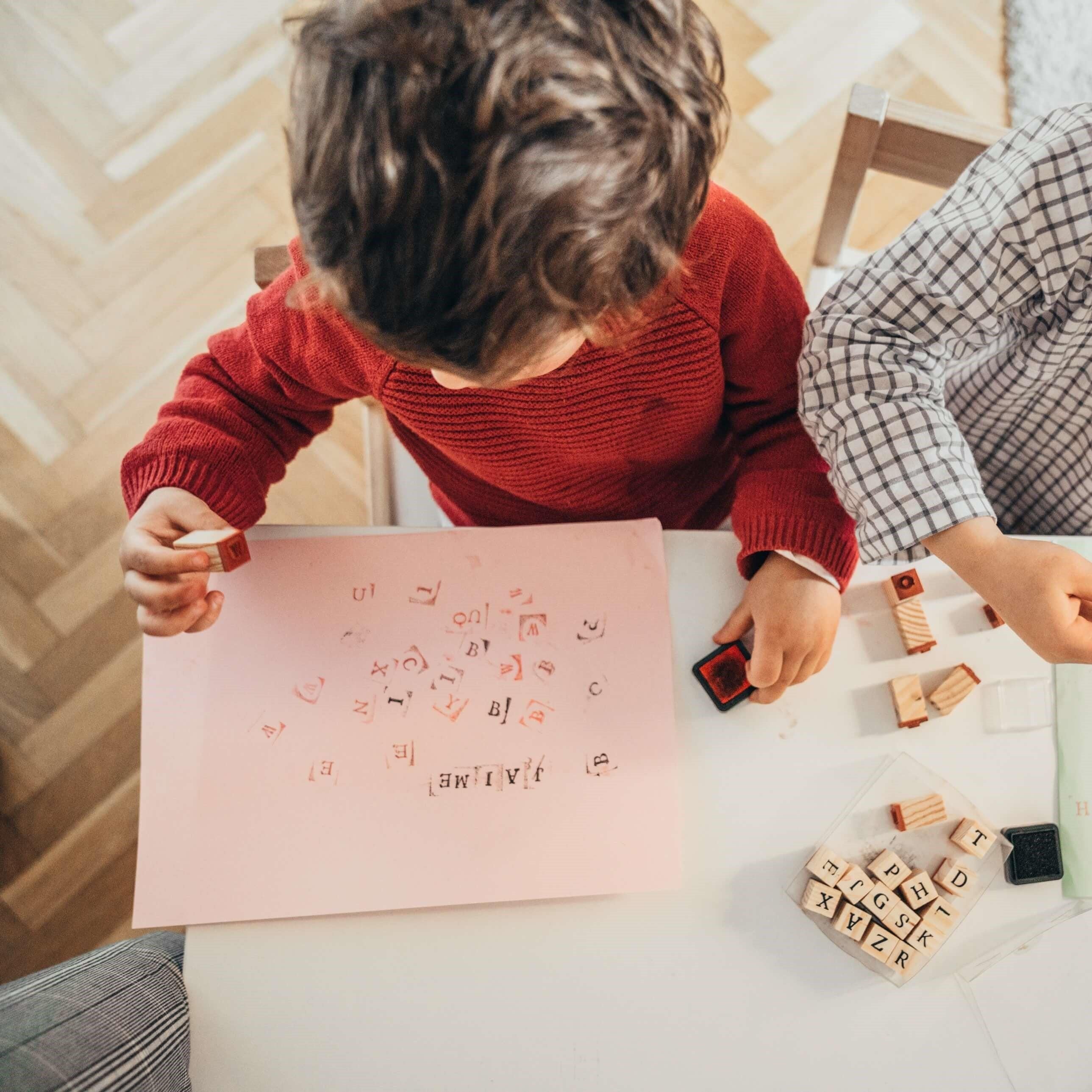
Is teaching my child another language worth the time and energy? Many parents ask this same question, especially in the early years. In a world more connected than ever, just how beneficial is multilingualism?
Bilingualism and multilingualism are increasingly sought-after skills in education and professional careers worldwide. Generally speaking, younger children surrounded with two or more languages early become proficient speakers of those languages quicker than adults and benefit developmentally.
This article will explain how multilingualism benefits young children developmentally and how you can support your child's linguistic learning at home.
Benefits of Raising a Multilingual Child
Raising a multilingual child comes with a myriad of benefits that stretch beyond the ability to communicate in multiple languages. One significant advantage is the cognitive development of learning and using different languages.
Bilingual children and adults tend to show more flexibility than monolinguals in tasks that require shifting between activities, even when those tasks mean turning away from previously learned responses. Young bilingual children can also generalize information to make connections between events more efficiently (source).
Socially, bilingual children and adults are more adept at understanding different perspectives, intentions, and desires (source). This makes sense! Speaking in another language is a lot like problem-solving and putting puzzle pieces together.
Yet another benefit of encouraging your child to learn another language is memory retention and word prediction. Multilinguals constantly pick and choose between words from each language, so they are able to keep more terms active. The more advanced they are in another language, the better their memory (source)!
Let's not forget the obvious advantage of being proficient in multiple languages: a world of opportunities in education and careers! Many universities and employers value multilingualism for functional communication, a greater sense of cultural awareness, and empathy for other perspectives.
Should I Embrace Multilingualism for My Child?
In today's interconnected world, embracing multilingualism is not just a choice but a necessity in personal and professional spheres. 1 in 5 people in America speak a second language at home--other languages are everywhere (source)!
Embracing multilingualism opens doors to new cultures, fosters understanding, and facilitates global communication.
From a business perspective, multilingualism can be an incredibly valuable asset. Companies operating in diverse regions can benefit significantly from employees speaking the language of their clients and partners. This helps build better, more robust relationships and demonstrates respect for other cultures.
Additionally, multilingual employees can help businesses expand into previously untapped markets and reach a wider customer base.
On a personal level, embracing multilingualism enriches one's life in numerous ways. It allows individuals to connect with people from different backgrounds, travel more efficiently, and gain a deeper understanding of diverse perspectives.
Moreover, being multilingual can enhance cognitive abilities, improve problem-solving skills, and prevent cognitive decline in old age (source).
Understanding Bilingual Development in Toddlers
Understanding bilingual development in toddlers is a complex and fascinating area of study that has gained increasing attention in recent years. Bilingualism is the ability to use two languages proficiently, and it is estimated that more than half of the world's population is bilingual or multilingual (source).
As described earlier in this article, the process of learning and using two languages simultaneously can profoundly impact toddlers' cognitive, linguistic, and socio-emotional development.
However, understanding how outside factors influence bilingual development in toddlers will help you support your toddler's language acquisition efficiently. These factors weigh heavily on how well your toddler picks up another language:
the context in which another language is learned
the amount of exposure to each language
specific characteristics of the languages involved
For example, simultaneous bilinguals (exposed to two languages from birth) may follow a different developmental trajectory than sequential bilinguals (learn a second language after the first is established).
Is one way better than the other? Not at all! Let's talk about one of the biggest questions parents have about second language acquisition in babies and toddlers.
Will Learning a Second Language Confuse or Slow Down My Toddler's First Language?
Learning a second language will not confuse or slow your toddler's first language. In fact, research supports teaching second languages early (from birth) because the older one is, the harder it is to pick up a second language.
From birth to three years old, a child's brain grows and makes connections at breakneck speeds to an incomprehensible number (source). Your child can certainly learn another language later, but she will lose this developmental flexibility edge.
Now, it is true that little ones will be confused about labels for concrete things and abstract ideas at first. If the languages are different enough, your child will likely use the words of one language with the grammar of another at some point.
However, these are not bad signs--these are a normal part of language learning! Your child would simply be working through them at an earlier age with a more flexible mind.
It's also possible that your child will refuse to use one language for a while. This "silent period" is another normal part of language learning (source). Just because your toddler sticks to speaking one language at first doesn't mean she is not listening to and focusing on working out the meaning of the other.
By ensuring your child has plenty of exposure and opportunities to use both languages, you will help your child smoothly work through the expected difficulties of early second language acquisition.
Tips for Fostering Language Development at Home
If bilingualism or multilingualism is a goal you have for your little one, you must start in your home. Fostering language development at home is crucial for a child's overall growth in learning the first and any additional languages.

Luckily, you don't have to do anything crazy or unusual to support your child's language development at home. Actually, you will do exactly what you would do anyway for the first language but in both languages.
Tip |
Explanation |
Read aloud |
Reading books aloud to your child is one of the most effective and efficient ways to promote language development. Choose a solid variety of books, including picture books, storybooks, and informational texts, to expose your child to diverse vocabulary and language structures. |
Conversations |
Engage your toddler in meaningful conversations throughout the day. However short, encourage her to express her thoughts and feelings spontaneously or when asked and actively listen to what she has to say. This will expand her language skills and boost her communication confidence. |
Play-based learning |
Incorporate language-rich activities into your child's playtime. This can include playing with puppets, engaging in imaginative play, or participating in language-focused games. These activities make learning fun and help strengthen language skills. |
Word games |
Introduce word games such as rhyming games, "I Spy," "Simon Says," or word association games to make language learning enjoyable and interactive for your child. |
Limit screen time |
Minimize screen time and encourage real-life interactions and experiences. Excessive screen time can impede language development, so it's important to create a balanced environment that prioritizes real-world communication. |
Are Cartoons and Television Shows a Good Way to Help My Toddler Learn Another Language?
No, cartoons and TV shows are a poor way to help your toddler learn another language. Though screen time helps your toddler pick up vocabulary and exaggerated tones, it is terrible for helping little ones understand nonverbal communication.
Nonverbal communication like facial expressions (eyebrows, mouth, cheeks, nostrils, eye movements, etc.), eye contact, body positioning, and gestures are ridiculously crucial to communication skills in most languages.
TV shows and cartoons can only reflect a tiny fraction of real-life nonverbal communication skills, so your child will only pick up vocabulary and funny phrases without the backing of appropriate paralanguage.
Steer away from the screen and focus on finding in-person playtime opportunities in each language. Instead, focus on playing with passive toys, especially Montessori-style. For more on how to do this, read Montessori Language Activities: Helping Your Child Learn Through Play.
How Can I Nurture Cultural Awareness and Identity for My Multilingual Child?
Nurturing cultural awareness and identity is crucial in today's diverse society. By embracing and celebrating different cultures, individuals can gain a deeper understanding of the world and develop a greater sense of empathy and respect for others.
Acquiring another language involves taking on a new culture and personality in that culture. One doesn't have to lose one's identity or characteristics in another language, but being able to speak in a culturally appropriate way is essential to being understood.
For example, a bilingual child speaking English and Mandarin will likely speak with different tones, emphases, and cadences in each language. For Spanish and Arabic, body language backing up vocal language will reflect cultural differences and expectations in each language.
Building and nurturing cultural awareness includes:
education
reading and watching content from both cultures
attending cultural events and activities
engaging in each culture as often as possible
Having meaningful interactions and activities with speakers of each language is crucial for building cultural awareness.
Overcoming Challenges in Raising a Multilingual Child
Raising a multilingual child can be a rewarding experience, but it also comes with unique (and sometimes overwhelming) challenges. One of the more constant challenges is ensuring that the child receives enough exposure to each language to become proficient.

This can be particularly difficult if one or both parents are not fluent in all the languages they want their child to learn. Addressing this requires finding opportunities for your child to engage with native speakers or enrolling in an immersion program.
Another challenge is maintaining consistency in language use within the home. It can be tempting to default to the majority language spoken in the community, but consistency is key to language development.
Parents must be diligent in speaking their native language to the child, even when it may be easier to communicate in the dominant language. Setting goals and rewards for time spent in the target language (like a trip to the target language's country) will help encourage you to keep going!
Additionally, some multilingual children may initially experience language delays or mix words from different languages in their speech. This is a normal part of language development for multilingual children, and it would be strange if it didn't happen at all!
Don't worry about this--your little one is not behind. Rather, he is working things out and experimenting. Ultimately, he will settle with what he hears the most, so ensure plenty of language surrounds him!
How Can I Engage with Multilingual Communities to Support My Child's Language Development?
Engaging multilingual communities can greatly support bilingual toddlers' language development. One effective way to do this is by participating in community events and activities celebrating different cultures and languages.
This exposure allows toddlers to interact with native speakers and other bilingual children, providing them with the most valuable opportunities to practice and reinforce their language skills (yep, playing is crucial for language development and retention!).
Look for playgroups, story times, or language immersion programs in the target language. A bilingual environment that supports both of your toddler's languages would be even better for connecting with other families and support.
Considering a bilingual preschool? Here's an article to help you decide when it's time to start: When Is My Toddler Ready for Preschool?
Language exchange partners are another excellent and fun way to support your child's language development. Offer tutoring in your native language in exchange for time spent playing with your toddler in the other person's native language. You may find some great connections with exchange students at your local university.
Multilingualism in Childhood
Supporting multilingualism in childhood is not only advantageous to your child's development but also a beautiful way to honor the diversity of languages and cultures in the world. Learning another language provides a sense of pride in oneself and appreciation for different languages.

Worldview is one of the most precious treasures parents give to their children. Parents are the first to shape their children's view of the world, and what they teach and exhibit in their own lives influences their children's lifetimes.
Teaching your child another language is a beautiful way to open your child's mind to other perspectives, cultures, and ways of describing things common to human existence. What a gift!
In a Nutshell
Whether you speak another language or wish to learn one alongside your child, investing the time and energy in building multilingualism into your family culture is well worth the struggle. Besides, who knows where multilingualism will take your child?

